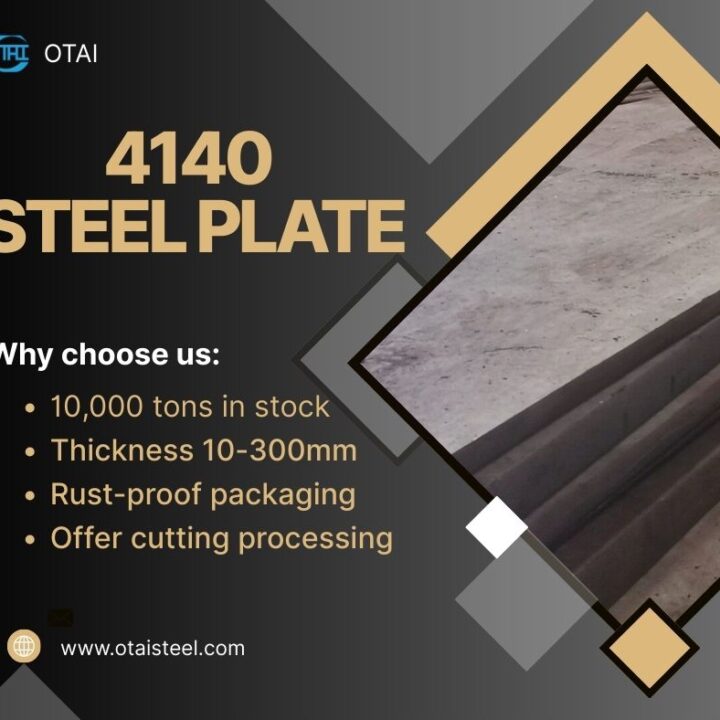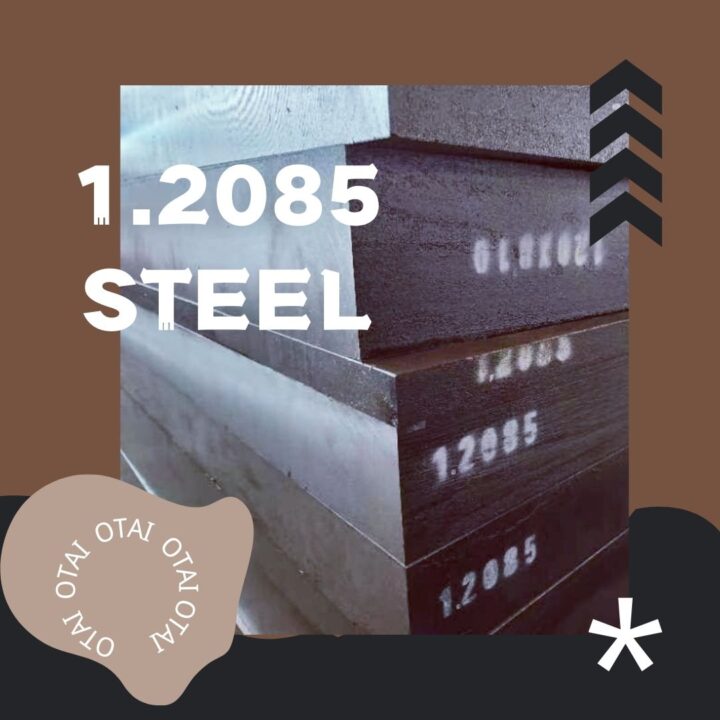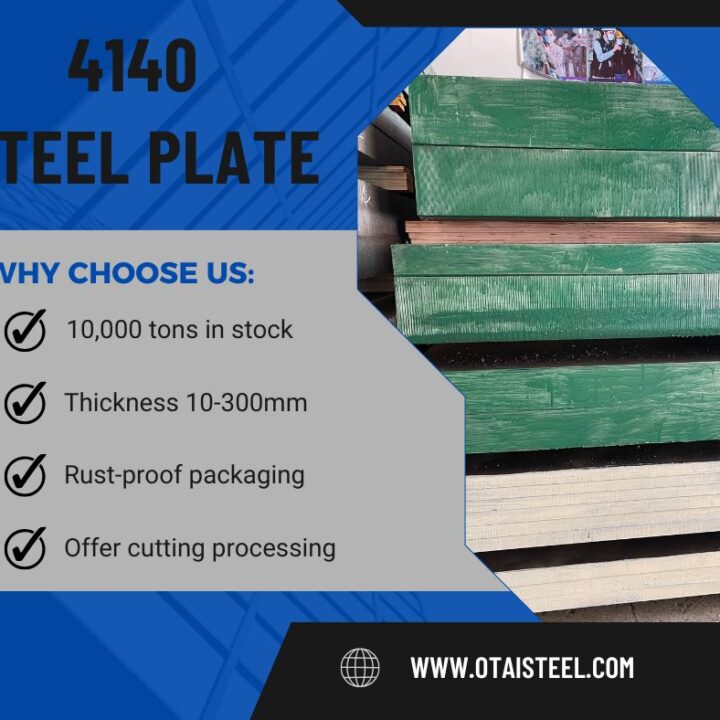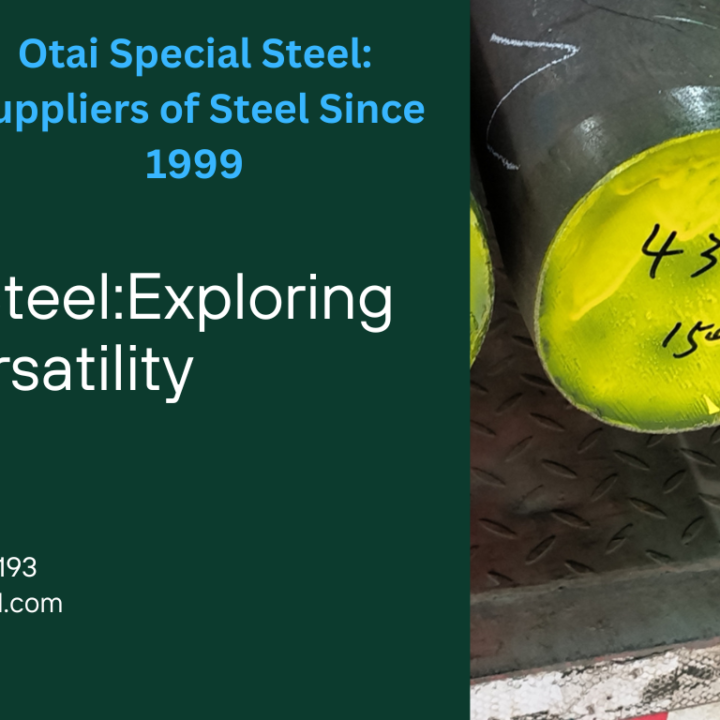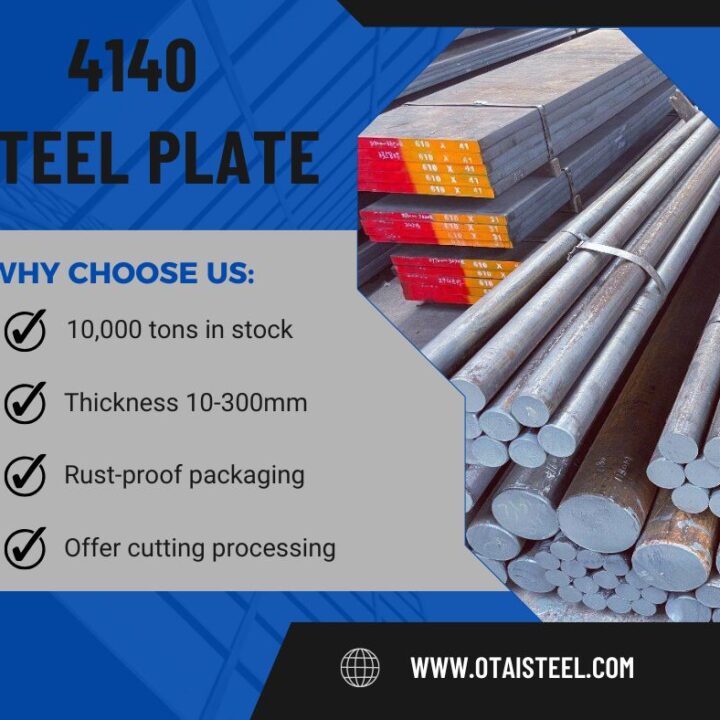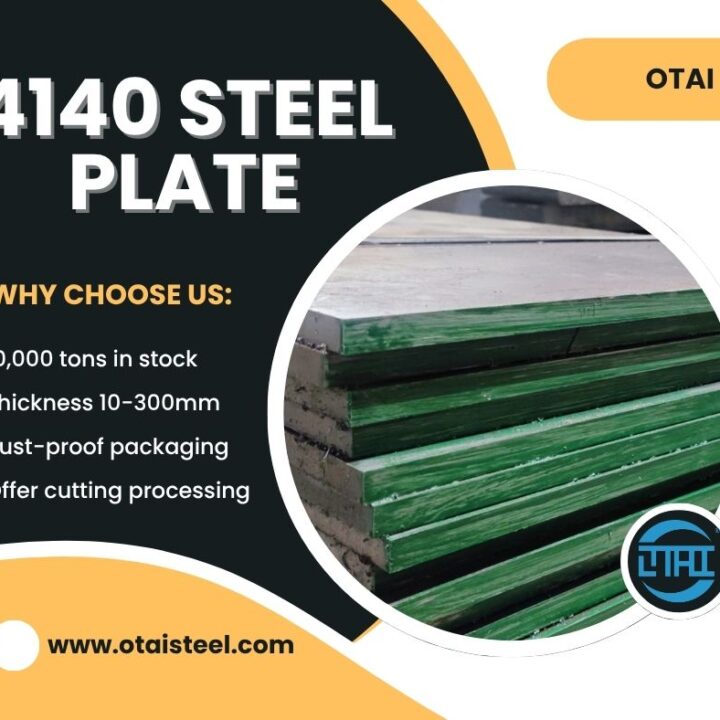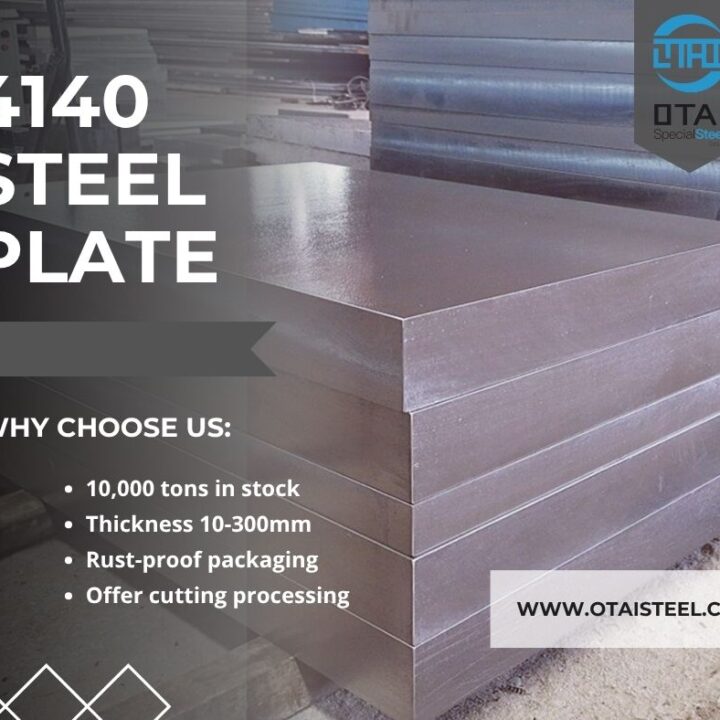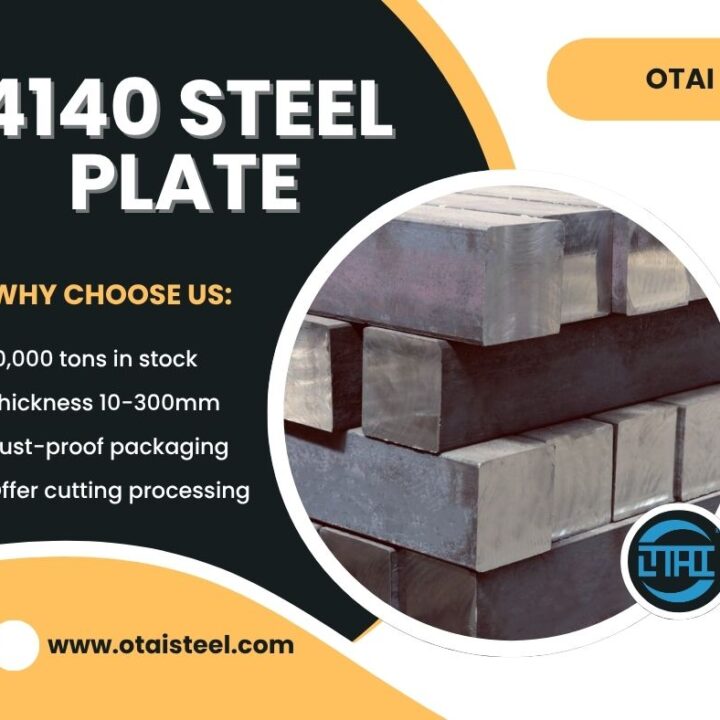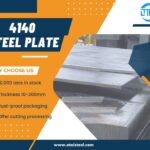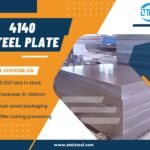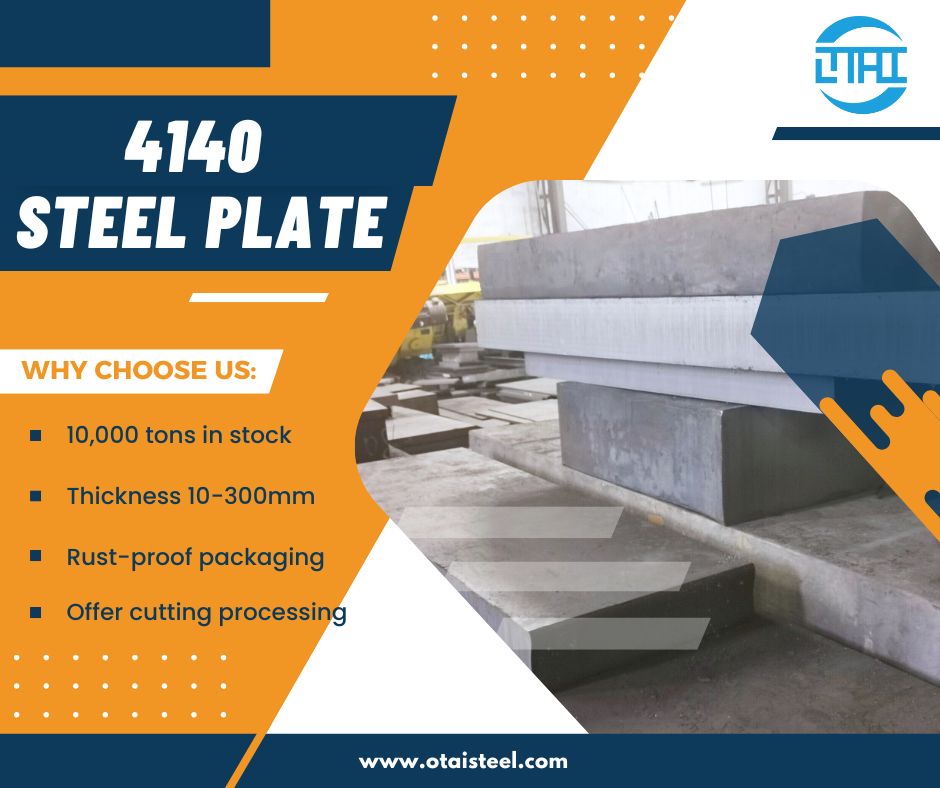 4140 Steel Number Meaning: What Those Digits Really Tell You
4140 Steel Number Meaning: What Those Digits Really Tell You
Ever wondered what the numbers in “4140 steel” actually mean? 🧠 If you’ve worked with steel long enough, you’ve likely come across this designation again and again—especially in industries like automotive, oil & gas, and manufacturing. But what does “4140” really signify? In this deep dive, we’ll unpack the 4140 steel number meaning, its classification system, and what it tells you about the material’s composition, performance, and best applications.
🔢 What Does “4140” Mean in Steel Classification?
The “4140” designation is part of the AISI (American Iron and Steel Institute) steel numbering system. This four-digit system identifies different steel grades based on their major alloying elements and carbon content.
Here’s how to break it down:
| Digit(s) | Meaning |
|---|---|
| 4 | The first digit “4” indicates the steel is a molybdenum alloy steel, with chromium as a secondary element. |
| 1 | The second digit “1” tells us it’s part of the chromium-molybdenum (Cr-Mo) steel family. |
| 40 | The last two digits “40” indicate the approximate carbon content in hundredths of a percent. So, 0.40% carbon. |
So, in short, 4140 steel = Chromium-Molybdenum alloy + 0.40% carbon. This specific combination gives the material a balance of strength, toughness, and hardenability.
🧪 Chemical Composition of 4140 Steel
Understanding the chemical makeup behind the number helps you predict how the steel will behave in various applications.
| Element | Content (%) |
|---|---|
| Carbon (C) | 0.38 – 0.43 |
| Chromium (Cr) | 0.80 – 1.10 |
| Manganese (Mn) | 0.75 – 1.00 |
| Molybdenum (Mo) | 0.15 – 0.25 |
| Silicon (Si) | 0.15 – 0.30 |
| Sulfur (S) | ≤ 0.04 |
| Phosphorus (P) | ≤ 0.035 |
This composition is what gives 4140 steel its exceptional wear resistance, fatigue strength, and machinability.
💪 Mechanical Properties Linked to the Number
The “4140” number doesn’t directly specify mechanical properties, but it points to a grade with high tensile strength, good ductility, and excellent toughness.
Here’s how 4140 steel performs:
| Property | Typical Value (Annealed) |
|---|---|
| Tensile Strength | 655 MPa – 1080 MPa |
| Yield Strength | 415 MPa – 930 MPa |
| Hardness (Brinell) | 197 – 302 HB |
| Hardness (Rockwell C) | 22 – 32 HRC (Q&T) |
| Elongation at Break (%) | 20 – 25% |
| Modulus of Elasticity | ~205 GPa |
The high tensile strength and yield strength make 4140 suitable for demanding applications like gears, shafts, and high-strength bolts.
🔥 How the Number Relates to Heat Treatment
One of the reasons 4140 is so popular is its great response to heat treatment. The number “40” in its name (for carbon content) puts it right in the sweet spot: high enough for hardenability, but not too high to make it brittle.
Common heat treatments include:
-
Annealing – for improved machinability
-
Normalizing – to refine the grain structure
-
Quenching and Tempering (Q&T) – to boost hardness and tensile strength
-
Stress Relieving – to reduce internal stress post-machining
This explains why 4140 steel heat treatment chart is a popular search among engineers.
⚙️ Application Examples Based on the 4140 Number
The 4140 designation essentially tells engineers: “This steel is tough, strong, and heat-treatable.” That’s why you’ll find it in:
-
Oil and gas industry – drill collars, sucker rods, tool joints
-
Automotive – crankshafts, axles, and spindles
-
Manufacturing – gears, dies, and molds
-
Construction – high-strength threaded rods and bolts
Its high fatigue resistance and tensile strength are essential in dynamic and high-load environments.
📏 Standards That Use the 4140 Number
This steel is standardized across many global specs:
| Standard System | Equivalent Grade | Note |
|---|---|---|
| AISI/SAE | 4140 | U.S. Standard |
| ASTM | A29, A322 | Common for bar products |
| DIN | 1.7225 / 42CrMo4 | German/European spec |
| JIS | SCM440 | Japanese standard |
| GB (China) | 42CrMo | Closest Chinese equivalent |
All these reflect nearly identical compositions and properties, proving that 4140 steel number meaning transcends just one region or application.
🏭 Why Understanding the Number Matters
Knowing the meaning behind 4140 steel’s number helps you:
-
Select the right material for your project
-
Predict its heat treatment behavior
-
Understand what standards it conforms to
-
Choose compatible welding and machining processes
-
Avoid over- or under-engineering a solution
It’s not just a number—it’s a specification shortcut with real engineering consequences.
🏆 Why Choose Otai Special Steel?
At Otai Special Steel, we stock a wide range of 4140 steel plates, bars, and forged blocks in normalized, annealed, or Q&T conditions. Our advantages include:
-
📦 10,000+ tons in stock with full size range (6mm to 300mm)
-
🛠️ Custom cutting, heat treatment, and grinding services
-
🔍 Ultrasonic testing (UT), chemical analysis, and SGS/3rd-party inspection
-
🌍 Export-ready with global clients like Schlumberger, Thyssenkrupp, Borealis
-
💰 Competitive pricing and fast delivery from China
Need a quote for your next project? 📩 Contact us now and get expert advice tailored to your application!
📧 Contact us: jack@otaisteel.com
📱 WhatsApp: +8676923190193
❓ FAQ About 4140 Steel Number Meaning
Q1: Is 4140 steel the same as 42CrMo4?
A: Yes, 42CrMo4 is the European equivalent of 4140 steel with nearly identical composition and performance.
Q2: What does the “40” in 4140 steel mean?
A: It refers to the carbon content, which is approximately 0.40%, affecting strength and hardenability.
Q3: Can 4140 be welded?
A: Yes, but preheat and post-weld heat treatment are often required to avoid cracking.
Q4: What does the “41” in 4140 indicate?
A: “41” designates chromium-molybdenum steel in the AISI system.
Q5: Is there a 4340 steel, and how is it different?
A: Yes, 4340 has a higher nickel content and offers better toughness but at a higher cost.
